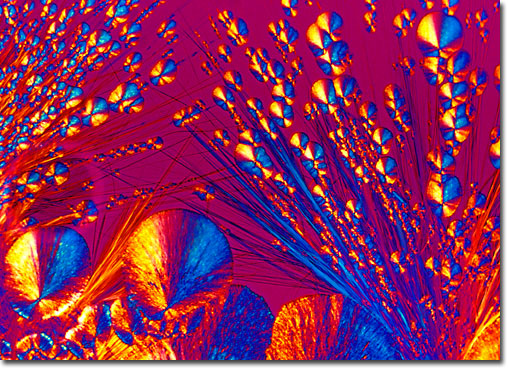|
Pantothenic acid was discovered in 1933 by Dr. R. J. Williams and was found to be a true vitamin shortly thereafter. Its name is derived from the Greek word pantos that means "everywhere", which is appropriate for this widely distributed vitamin. Pantothenic acid is an integral part of coenzyme A and plays the important role of decarboxylating pyruvate in the citric acid cycle. Clinically, pantothenic acid is necessary for the synthesis of red blood cells, steroid metabolism, neuron activity, and stimulation of antibody production. Common sources of pantothenic acid are cheese, corn, eggs, liver, meats, peanuts, peas soybeans, brewer's yeast, and wheat germ. Because of its wide occurance, pantothenic acid deficiency is very rare unless specifically engineered for the purposes of biochemical investigations.
|
